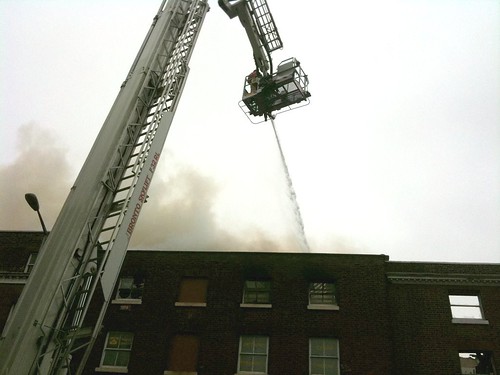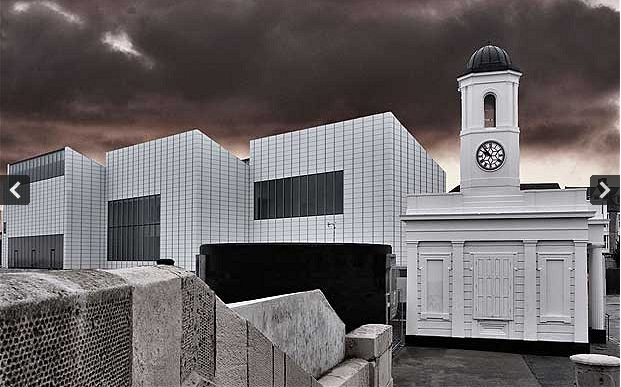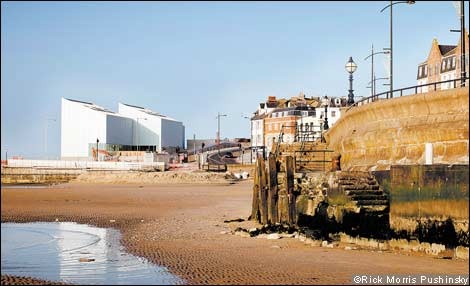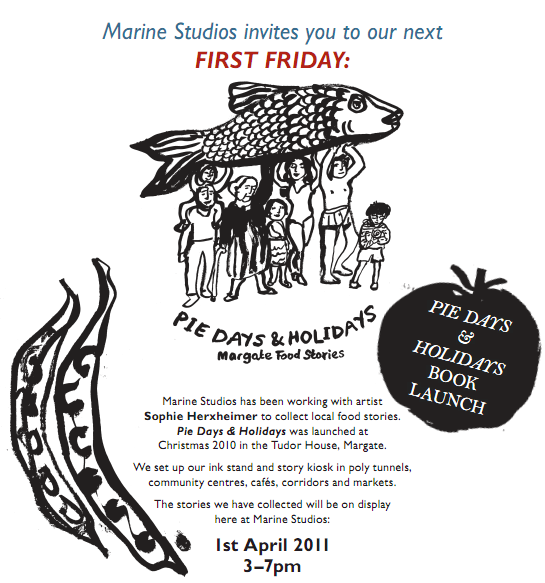
Unfortunately, we've had another historic building in flames again. 47 Hawley Square went up in flames for the second time. It stubbornly hasn't burnt down yet.
The next door burnt out shell of the ex-Conservative Club at 49-50 is standing still with no roof covering, open to the elements for the last 3 years. Compulsory Purchase Order papers have been drawn up since last year and, yet, somehow stalled at the top awaiting final sign off. But this is a Grade II listed building. The authorities do have powers to enforce their repair. They have a chance to put a message out to low life developers that if you attack the town's historic fabric you will not make a profit and you will be punished. Sadly, given the number of fires we still have in our Georgian buildings, this isn't happening. How sad, that in this day and age, that Georgian buildings are preyed upon by those who wish to destroy them.


